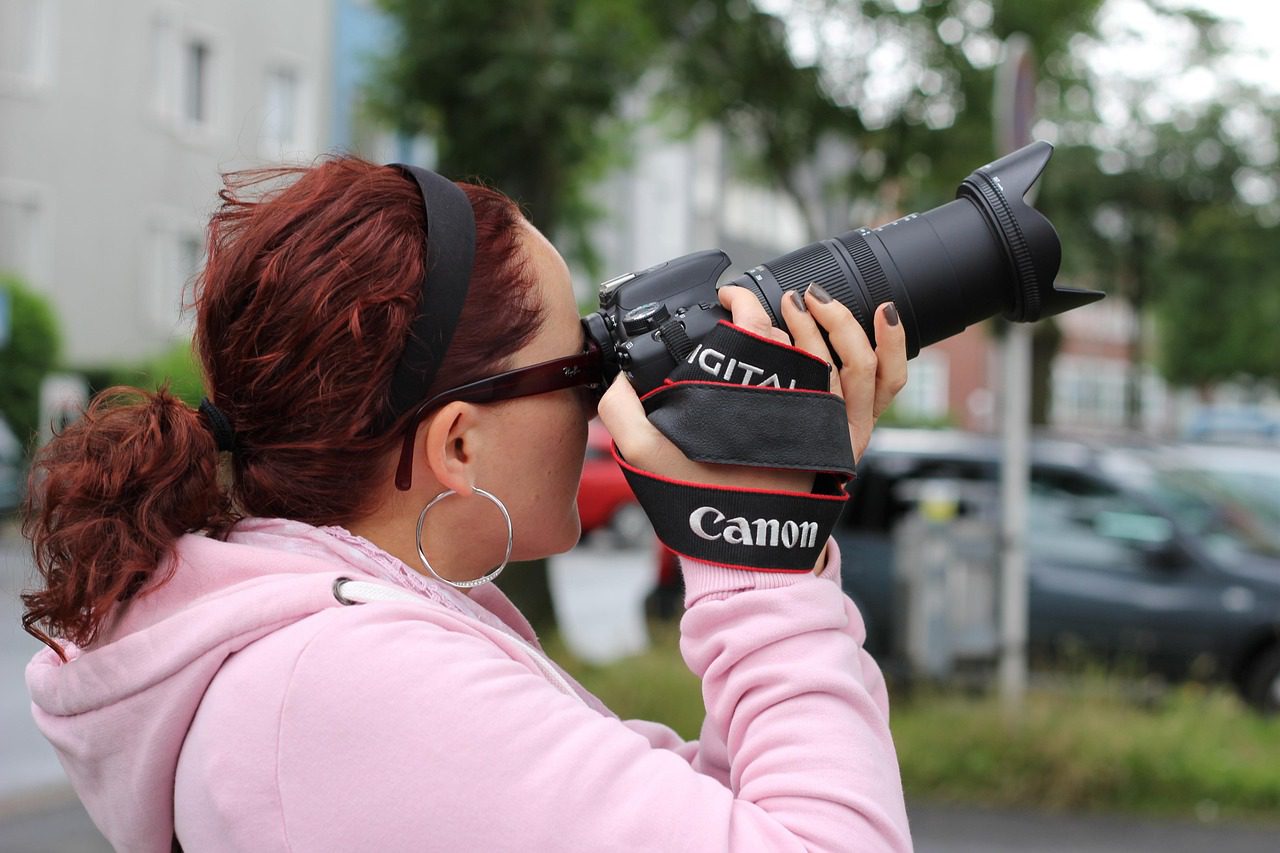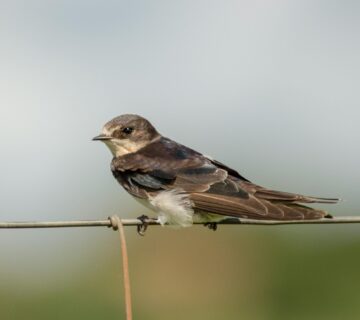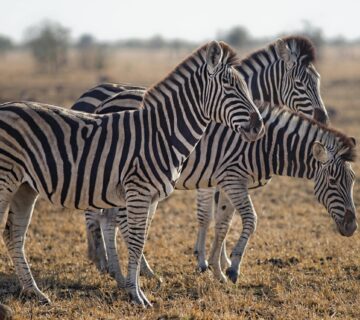Can I Take Photos During Gorilla Trekking?
Gorilla trekking is one of the most awe-inspiring wildlife experiences on the planet, offering the rare opportunity to observe mountain gorillas in their natural habitat. As you journey through lush rainforests, guided by experienced trackers, there’s a sense of anticipation and excitement that builds as you approach these majestic creatures. But once you find yourself face-to-face with these gentle giants, many trekkers are left wondering: Can I take photos during the trek?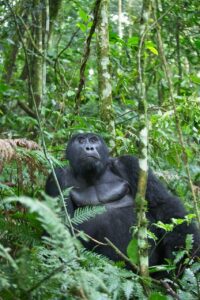
The answer, like many things in the world of wildlife safaris, is nuanced. While the opportunity to capture these unforgettable moments is undoubtedly enticing, there are rules and considerations that ensure the safety and comfort of the gorillas, as well as the quality of your experience. Let’s explore everything you need to know about photography during gorilla trekking, from the guidelines to tips for the best possible photos.
Understanding the Rules of Gorilla Trekking Photography
First, it’s essential to understand that while photography is allowed, it’s not a free-for-all. National parks, such as Uganda’s Bwindi Impenetrable Forest and Volcanoes National Park in Rwanda, are home to mountain gorillas, and these areas are strictly regulated. The primary goal of these regulations is to ensure the safety and well-being of the gorillas while also maintaining the integrity of the natural habitat.
In both Uganda and Rwanda, permits are required for gorilla trekking, and these permits often come with specific rules. One of the most crucial aspects is the prohibition of flash photography. The intense light from a flash can startle the gorillas and cause unnecessary stress, disrupting their natural behaviors. Flash can also harm their sensitive eyes, so the use of flash photography is strictly forbidden in these protected areas.
The Best Camera for Gorilla Trekking
If you’re hoping to capture stunning photos of the gorillas, it’s essential to bring the right equipment. Keep in mind that trekking to see gorillas involves a fair amount of hiking through rough, often muddy terrain, so lightweight gear is critical. A DSLR or mirrorless camera with a zoom lens, ideally in the range of 70-200mm, is perfect for capturing both close-up portraits of the gorillas and wider shots of them in their natural environment.
However, keep in mind that trekking can be physically demanding, so it’s important not to overburden yourself with equipment. If you prefer simplicity, even a good-quality smartphone camera can be more than enough, especially with the current advancements in phone cameras. Just be sure to pack extra memory cards and a power bank, as you’ll be using your camera frequently during the trek.
Respecting the Gorillas: No Intrusion
While photography is a cherished aspect of the gorilla trekking experience, it’s vital to always prioritize the safety and comfort of the gorillas. Approach them quietly and maintain a respectful distance. The golden rule is to stay at least 7 meters (about 23 feet) away from the gorillas. This distance helps prevent disturbing their natural behavior and minimizes the risk of transmitting diseases, which can be deadly to these endangered animals.
Remember that gorillas are incredibly strong and can become agitated if they feel threatened or crowded. In some cases, they may approach you out of curiosity, but it’s important to remain calm and avoid any sudden movements. Keep your voice low, and do not make any loud noises that could startle them.
When to Take Photos: Timing and Etiquette
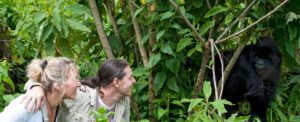
Capturing that perfect shot requires patience and timing. Gorilla trekking is about the experience as much as it is about the photos. It’s crucial not to rush the moment for the sake of a photograph. If you’re part of a group, be mindful of other trekkers as well. Take turns to ensure everyone has the chance to capture the experience.
When you finally come upon the gorillas, take a moment to observe their behavior before jumping into action with your camera. Watch how they interact with one another and their environment. If a silverback is leading the group, observe his movements carefully. The moments that present themselves for a perfect photo are often quiet and intimate, so respect the time you have with them.
Use natural lighting to your advantage. While the rainforest canopy may not offer consistent light, try to photograph the gorillas in softer light during early morning or late afternoon hours—when shadows are gentler. Avoid artificial lighting, as this can be disruptive. Always be aware of your surroundings and the conditions around you when taking pictures.
Gorilla Trekking in Different Locations: Special Considerations
Both Uganda and Rwanda offer distinct experiences for gorilla trekking. In Uganda, the terrain can be more rugged, and the trekking can sometimes take longer, requiring more physical endurance. In Rwanda, the treks are often shorter, and the landscape is a bit easier to navigate. However, regardless of the location, the rules for photography remain the same, with flash being prohibited and maintaining a safe distance from the gorillas.
Additionally, if you’re trekking in the Democratic Republic of Congo (DRC), the rules for photography will be similar. But it’s always wise to check the specific guidelines for each national park, as rules can occasionally be updated or adjusted based on the needs of the local wildlife conservation efforts.
Tips for Capturing Memorable Gorilla Photos
Avoid Overexposure: Since you’re in a dense forest, natural light can be tricky. Don’t let the bright light overexpose your photos. Adjust the ISO settings on your camera to accommodate low-light conditions.
Capture Emotions: Gorillas have rich, expressive faces. A close-up of a baby gorilla’s curious eyes or a silverback’s serene gaze can speak volumes. Pay attention to their emotions and interactions. These moments often tell the most powerful stories.
Use Natural Framing: The jungle offers unique framing opportunities gaps in the foliage, hanging vines, or trees that can naturally highlight the gorillas in your shot. Use these to your advantage for an artistic touch.
Document the Environment: While close-up shots of the gorillas are essential, don’t forget to capture the broader landscape. The lush greenery, towering trees, and the gorillas’ habitat tell the full story of where these magnificent creatures live.
Respect the Experience: At the end of the day, photography should never overshadow the experience of being with the gorillas. Take time to enjoy the moment without worrying too much about the perfect shot.
Final Thoughts on Photography and Gorilla Trekking
Gorilla trekking is a transformative experience, offering a glimpse into the lives of some of the world’s most endangered species. The opportunity to capture these moments on camera is a privilege, but it’s essential to balance this desire with respect for the gorillas and their natural environment.
By following the guidelines, using the appropriate equipment, and maintaining a respectful distance, you’ll not only preserve the integrity of the experience but also capture the breathtaking moments that will stay with you for a lifetime. So, while you may be wondering, Can I take photos during gorilla trekking? remember, the answer is yes if done with respect, mindfulness, and a deep appreciation for the wildlife you’re privileged to observe.

